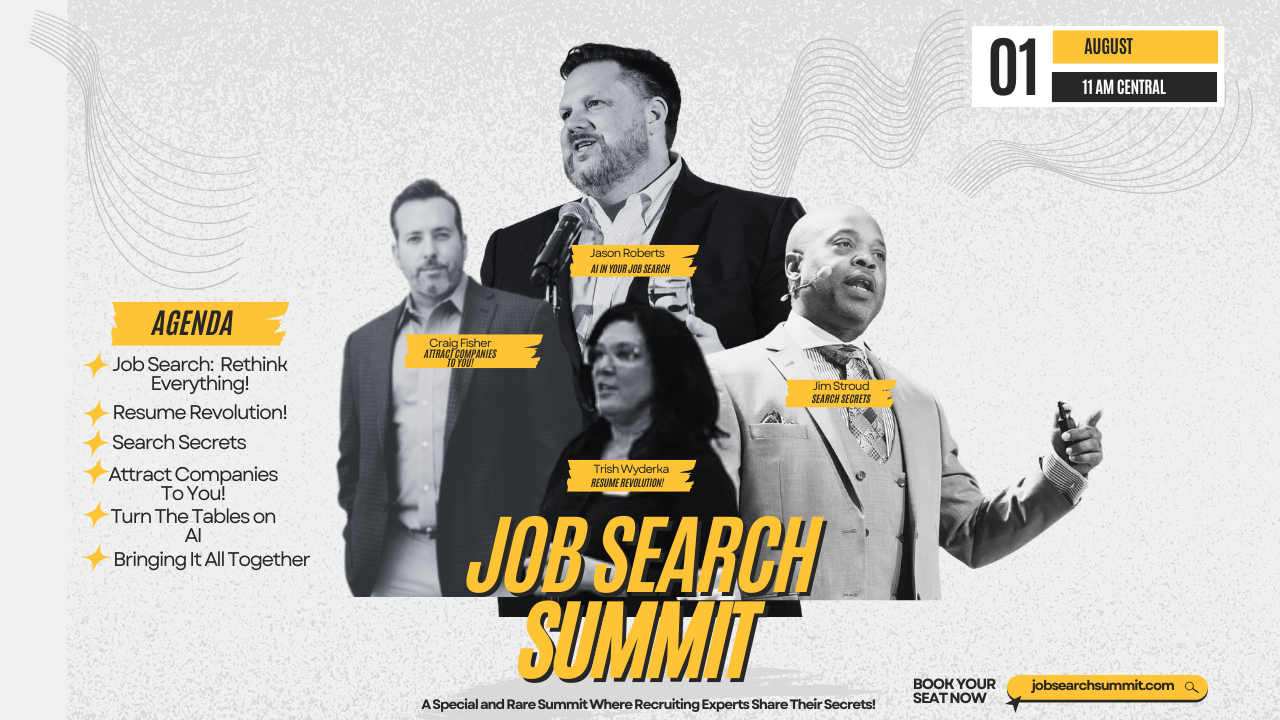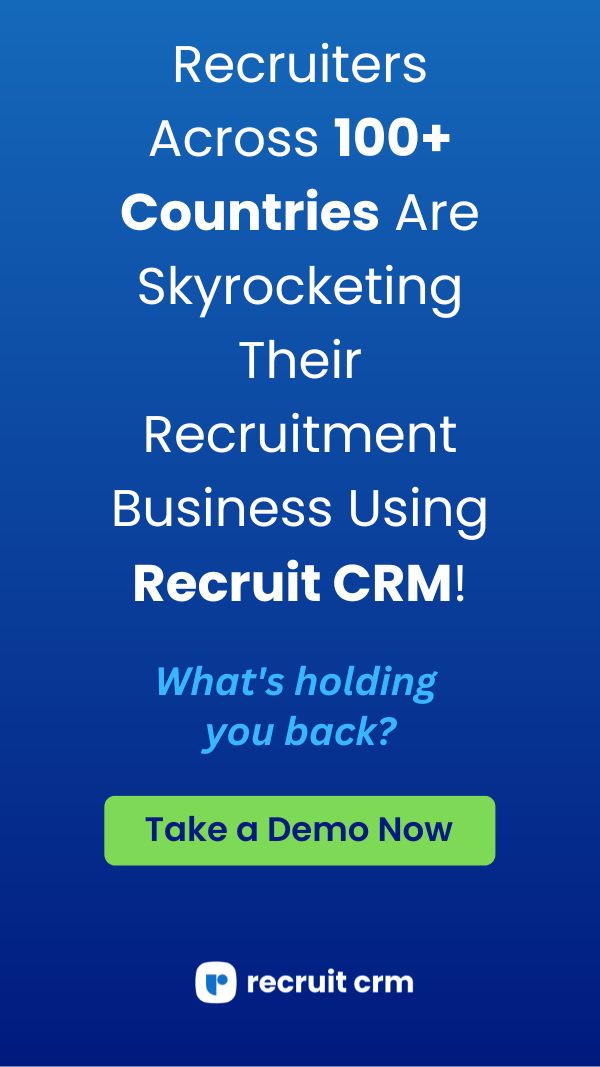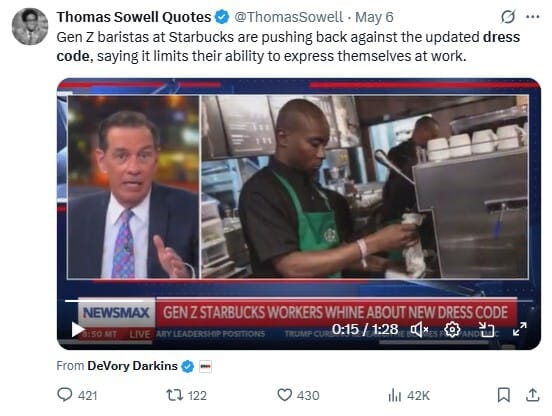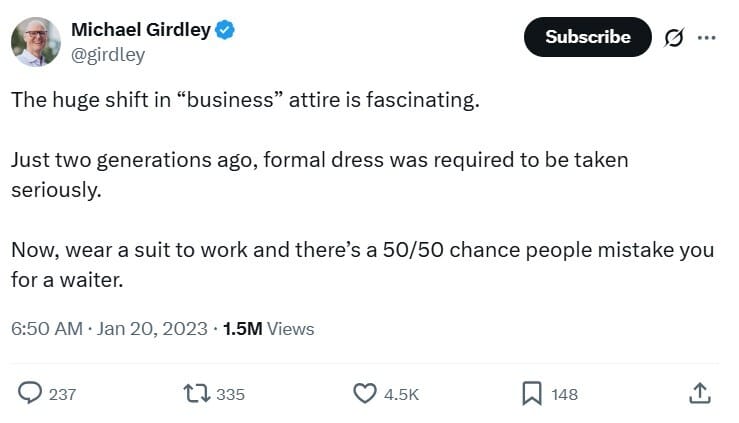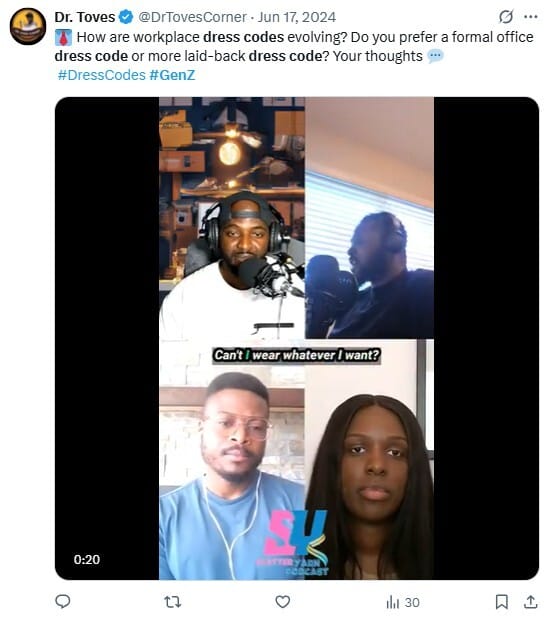- The Recruiting Life
- Posts
- The Dress Code Lie: What We Wear to Work—and What It Costs Us
The Dress Code Lie: What We Wear to Work—and What It Costs Us
The Recruiting Life is brought to you in part by:

The Recruiting Life Newsletter
In this issue:
They say don’t judge a book by its cover. But what if the book shows up in SpongeBob pajama pants, a bonnet, and flip-flops—in public—at high noon?
I’m not trying to start beef with Gen Z or TikTok’s finest, but some of the outfits I’ve seen lately at the grocery store, the gas station, even the gym... let’s just say I’ve seen less cheek on a beach in Miami. Which got me thinking: If this is how some folks show up for eggs and gas, how are they showing up for work now that companies are dragging people back into the office?
That thought? It lit the fuse for this week’s article. No dress code, no filter, no apologies.
I’m curious how you’ll take it. You might laugh. You might hate-read it while clutching your pearls. Either way, I’ll be watching from the shadows, sipping my coffee and nodding like a sitcom villain who knows something you don’t.
Oh—and before we dive in—big shoutout to everyone who messaged me about the podcast reboot. Two episodes in and the love has been loud. Keep it coming.
🎙️ The Jim Stroud Podcast is live wherever you listen. And if you're the type who likes to watch instead of listen, click the thumbnails below to catch the video version on YouTube. It's got all the same truth bombs—just with more facial expressions.
Now then… let’s talk about that crop top in aisle five. ;-)
…
The HR Blotter
Gen Z is having a collective “hold up, what was college for?” moment—roughly a quarter now admit they’d skip it or pick a more profitable major after getting slammed by debt and weak job prospects. What once felt like a guaranteed path now looks more like a bad bet, with degrees failing to deliver meaningful careers while tech, finance, and trades look like safer plays. The result? A generation recalibrating fast—chasing skills, not diplomas.
Gen Z-ing job applications is out—AI’s now doing the heavy lifting on LinkedIn. Users are firing off tailored resumes and cover letters at breakneck speed via ChatGPT and bots, fueling a 45% surge in submissions (around 11,000 every minute). But recruiters are drowning in the deluge—AI screening tools are stepping in, leading to bot-vs-bot matchups, fake profiles, and a race to cut through the noise with human checks and better identity verification.
AI’s not just taking jobs—it’s about to gut the global economy if no one hits the brakes. By 2050, automation could slash consumer spending by 20% and kill disposable income, dragging society into a slow-burn recession nobody planned for. The kicker? We’d need to create jobs ten times faster than we ever have just to avoid drowning. Yikes!
Gen Z job seekers are ditching pricey coasts and chasing opportunity in smaller markets—states like Virginia, Vermont, Connecticut, Massachusetts, Minnesota, Alaska, and New Hampshire are lighting up with entry-level openings, strong wages, and low cost of living. New Hampshire takes the crown with sky-high hiring rates (0.6 unemployed per opening), no income tax, and top-tier wages hovering around $35‑$36/hour. Across the board, the trend is clear: solid job opportunities are popping up in mid-sized states and less obvious corners of the country, not in the usual big-city suspects.
Trump’s ramped-up enforcement is pressuring employers nationwide to stop ignoring the hiring of undocumented workers—ICE is cracking down with more audits and stiffer penalties, spelling trouble for businesses that looked the other way. Companies are now scrambling to tighten I‑9 processes, bolt-on identity systems, or even purge immigrant-heavy staff to dodge fines and criminal charges. But that move could backfire: industries like agriculture, hospitality, and food service warn labor shortages are looming, and public backlash is building fast.
Multinationals like McDonald’s, Bupa, and Tesco are quietly transforming India’s back offices from cheap labor hubs into their AI command centers. With Western engineers too pricey and scarce, companies are setting up global capability centers (GCCs) across Bengaluru to run core AI tasks—from real-time analytics to personalized customer targeting—fueling profits, not just operations. India’s no longer the world’s helpdesk; it’s fast becoming the AI brain behind Fortune 500 giants.
After nearly a decade of growth, the side‑hustle boom has finally hit a lull—only about 27% of working Americans are now juggling extra gigs, plunging to the lowest level since 2017. With wages climbing faster than inflation and the job market still solid, many are ditching moonlighting—but experts warn this dip might be short-lived if economic pressure returns. For those still in the grind, side‑gig income is mostly discretionary, signaling healthier households—but burnout and financial safety nets remain real concerns.
Ai is coming for your jobs? Not these. Share this with the kids you have living in your basement.
Tech firms aren't just vetting resumes anymore—they’re vibe hiring now, using first impressions and culture chemistry as the unofficial gatekeeper. Joe Procopio’s deep-dive shows this new bias is baked in: if your energy doesn’t match, even top-tier skills get ghosted. And the kicker? No one’s fixing it, because it plays right into keeping companies “aligned,” even if it means trading merit for mood.
Annnd…. This video from the 1960’s pretty much nailed our future, although off a decade or two.
…
Cool tool alert: Recruit CRM
…
The Dress Code Lie: What We Wear—and What It Costs Us

Let’s get honest.
Show up to work in ripped jeans or a graphic tee, and you’ll discover: professionalism isn’t about performance. It’s about perception. In today’s workplaces, what you wear still shapes how people see you—and sometimes, whether they trust you at all.
But should it?
Because in a world redefining inclusion and individuality, dress codes might be the quietest form of conformity we still enforce.
Why Dress Codes Refuse to Die
Companies claim dress codes exist for fairness. For professionalism. For safety, even. Uniforms project brand. Suits convey respect. And in sectors like finance or healthcare, strict attire isn’t just expected—it’s operational.
But peel back the layers, and a harder truth surfaces: many dress codes reflect cultural norms that reward assimilation and penalize difference.
Whose “professional” are we all dressing for?
Dress Too Casual? Pay the Price.
Let’s not pretend all casual is equal.
A “dress for your day” policy sounds liberating. But studies show attire still impacts how colleagues perceive your competence, ethics, and even intelligence. Wear something “too relaxed,” and suddenly your reputation—fair or not—is on trial.
Offensive slogans, nightclub attire, or exposed undergarments? That’s not edgy—it’s career sabotage.
Why? Because perception still drives trust. And trust drives careers.
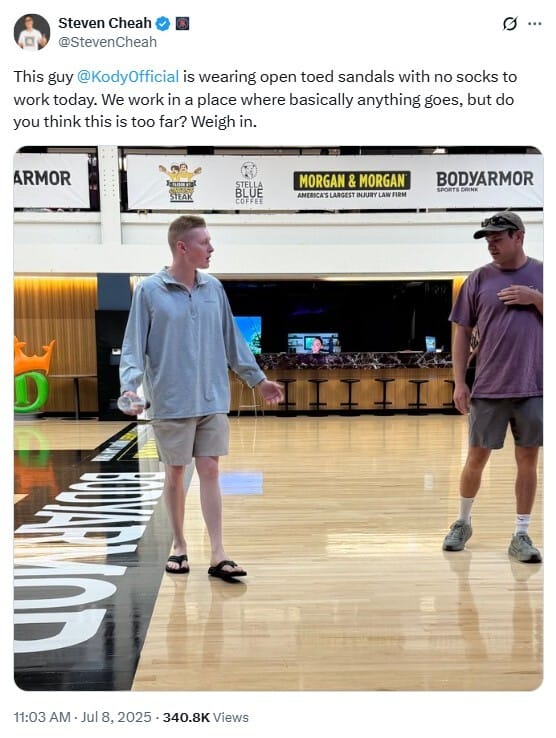
Does Comfort Create Connection—or Just Another Corporate Costume?
Here’s the irony: relaxed dress codes were meant to foster camaraderie. When employees feel comfortable, they’re more themselves—or so the theory goes.
But culture isn’t just policy. It’s perception. Dress too casually in a conservative workplace, and you risk standing out for the wrong reasons.
Because no matter what the handbook says, you’re always dressing for someone’s approval.
Building Smarter, Fairer Dress Codes
Is there a fix? Possibly. It starts with smarter policies:
Reflect company values, not just tradition.
Prioritize practicality: roles with safety risks or public contact need clarity.
Embrace diversity: make space for cultural, religious, and personal expression.
Communicate clearly: expectations should empower, not ostracize.
In short: dress codes should protect people—not perceptions.
Closing Thought: Are We Still Performing Professionalism?
Here’s the uncomfortable truth. Professionalism isn’t always about work. It’s about optics. Until workplaces evolve beyond judging competence by clothing, every dress code is a quiet audition.
So ask yourself: are you dressing for success—or someone else’s approval?
…
The Fine Print
Carv is the #1 AI platform for recruiters, designed to take over all repetitive admin tasks, so recruiters can focus on what matters: Building human connections.
Carv’s AI automates every stage of the recruitment process, from application handling and talent engagement to scheduling and post-interview evaluation.
With hands-free workflows and automated ATS updates, Carv helps recruiters cut up to 80% of admin tasks, reduce cost per hire by 70%, and achieve 98% ATS data accuracy.
👉 Kerri Cufaro is the Founder of Trusted Talent Strategies where she optimizes hiring and recruiting operations for small to midsize companies. She creates and improves talent acquisition processes, project manages ATS implementations and optimizations, and partners with executives to build a talent pipeline and staffs their teams. Feel free to connect with Kerri at [email protected] or check out her website at www.TrustedTalentStrategies.com
…
The Comics Section

…
One more thing before I go…
Regarding office attire. Umm… The line has to be drawn somewhere. Just sayin’…
…
